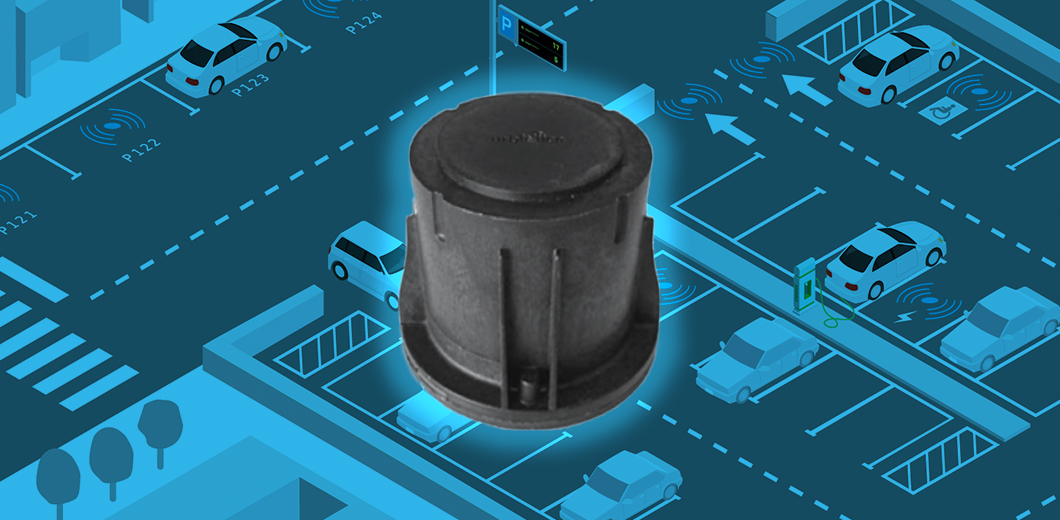When using sensors and cameras for detection and monitoring, you can pick between processing the data locally on the data-collection device or in the cloud, that is, connecting the information generated to a central platform where all the data is collected. The decision to go with either approach can influence both the final investment required and the way the systems work, so it is crucial to take into account factors such as budget, required real-time performance, and the amount of data to be analyzed.
Both alternatives have pros and cons, so the decision will ultimately come down to the specific circumstances in each case. Urbiotica prioritizes cloud processing for its parking guidance and monitoring solutions because it has many advantages.
Advantages and disadvantages of the two approaches
Cloud processing
Cloud processing leverages the superior computing power of smart parking platforms to implement more sophisticated algorithms. This is particularly useful for IoT devices that have limited battery and processing power, where it is important to minimize local processing and thus energy consumption in order to extend the devices’ lifetime.
Cloud updates are also immediate and apply to all the connected devices at the same time, so there is no need to manually update each sensor or camera one-by-one, which simplifies the process and makes operational management less complex.
It is important to bear in mind that sending large volumes of data to the cloud can increase communication costs, especially in camera-based detection systems which are image- and video-heavy. Furthermore, if the system relies on a mobile network, additional data charges may be higher than expected if the devices use a SIM card.
Local processing
Local data processing allows devices to operate autonomously without relying on cloud connectivity. This has several advantages, such as shorter latency for faster real-time responses, a detail that becomes extremely important in applications such as security systems and traffic control, where response speed can make all the difference. However, it’s not so crucial for smart parking.
Nonetheless, algorithms’ processing power and accuracy can be limited compared to cloud processing, and they cannot combine data from multiple sources, given that they are restricted to the data available on the sensor.

U-Spot: Single-spot IoT detection
Systems with sensors
By delegating most of the processing to the cloud, the sensor workload and thus the amount of power consumed drops to ensure a longer device lifetime. This approach allows for more complex algorithms, such as magnetic calibration, which can benefit from cloud processing by accessing extensive data beyond individual sensors’ memory and battery capacity.
Furthermore, the ability to combine information from multiple connected sensors improves calibration accuracy and paves the way for the implementation of new advanced functions.
In contrast, local processing in IoT sensor systems may not be the most advantageous option given these devices’ technological and resource limitations. While local processing is feasible, it is not as accurate, plus the ability to combine data from multiple sources is restricted to the data available on the sensor.
Systems with cameras
The cloud enables the more advanced algorithms to be used for complex tasks such as video analysis and pattern recognition. This feature is extremely useful in environments where events have to be detected quickly and accurately.
The upgrade process is also much simpler, as new versions of the algorithm can immediately be rolled out to all the cameras connected to the system to ensure that the technology is always available without the need to manually upgrade each device.
Another advantage of cloud processing is that it can combine information from multiple sources, providing a more comprehensive, accurate picture of the environment being monitored by integrating data from multiple cameras in real time. This integrated analysis capability boosts the system’s performance.
By processing data locally, less information is sent to the cloud, leading to a lower investment in communication depending on the data flow, especially if volumes are large. It also allows the cameras to operate autonomously without compromising the performance of the control system if it’s in an environment where the connection is intermittent or unreliable. Local processing also lowers latency.
.
Because of its tangible advantages, Urbiotica has decided to focus its strategy for its parking guidance and monitoring devices on cloud processing. The ability to use more advanced algorithms, the convenience of centralized updates, and the possibility of combining information from multiple sources are the factors that led to this decision, giving our customers a more efficient, reliable, and easier to maintain system.